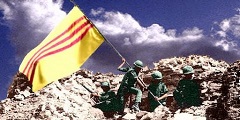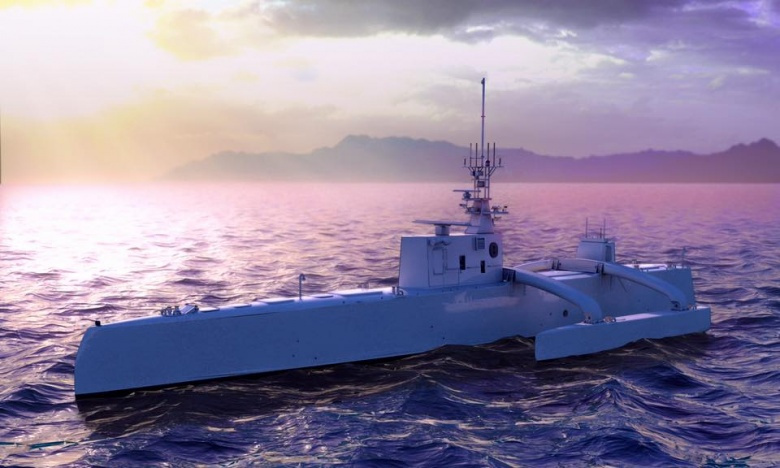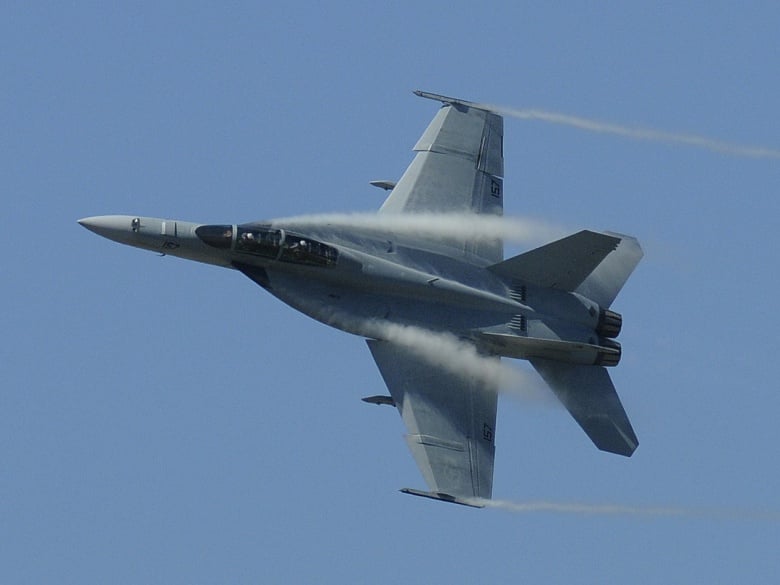With the Obama administration now clearly supporting the ISIS terrorists who want to slaughter the American people while the 'puppet masters' position the US to go to war against Russia, how many more millions of American families will soon suffer to appease the will of the globalists who seemingly want more and more and more war no matter the cost?
The 2nd video below is an excellent look at what the CIA does when they can't get the other side to go to war with them. Like a child who wants a pony but is told no, they throw their fit until they get what they want, and all of humanity suffers in the process. As our videographer tells us, "how do you start a fight when your opponent doesn't want a fight with you? You force it... you create fear... you create fear and sell another stinkin' pile of lies till the body count meets your project goals."
In the 3rd video below we hear about the US surrendering our sovereignty to the UN while the final video below, we hear directly from Dr. Paul Craig Roberts who discusses with us recent by comments by Russian president Vladimir Putin that the world was closing in upon nuclear war and most Americans don't even know it. Roberts also warns us why he feels we are being herded by globalist warmongers like sheep into a pen that we can never get out of, with nuclear war a very real possibility breaking out at any moment, and once again, the large majority of the American people wouldn't even know it...until most of the East coast disappears.





 Reply With Quote
Reply With Quote








Bookmarks